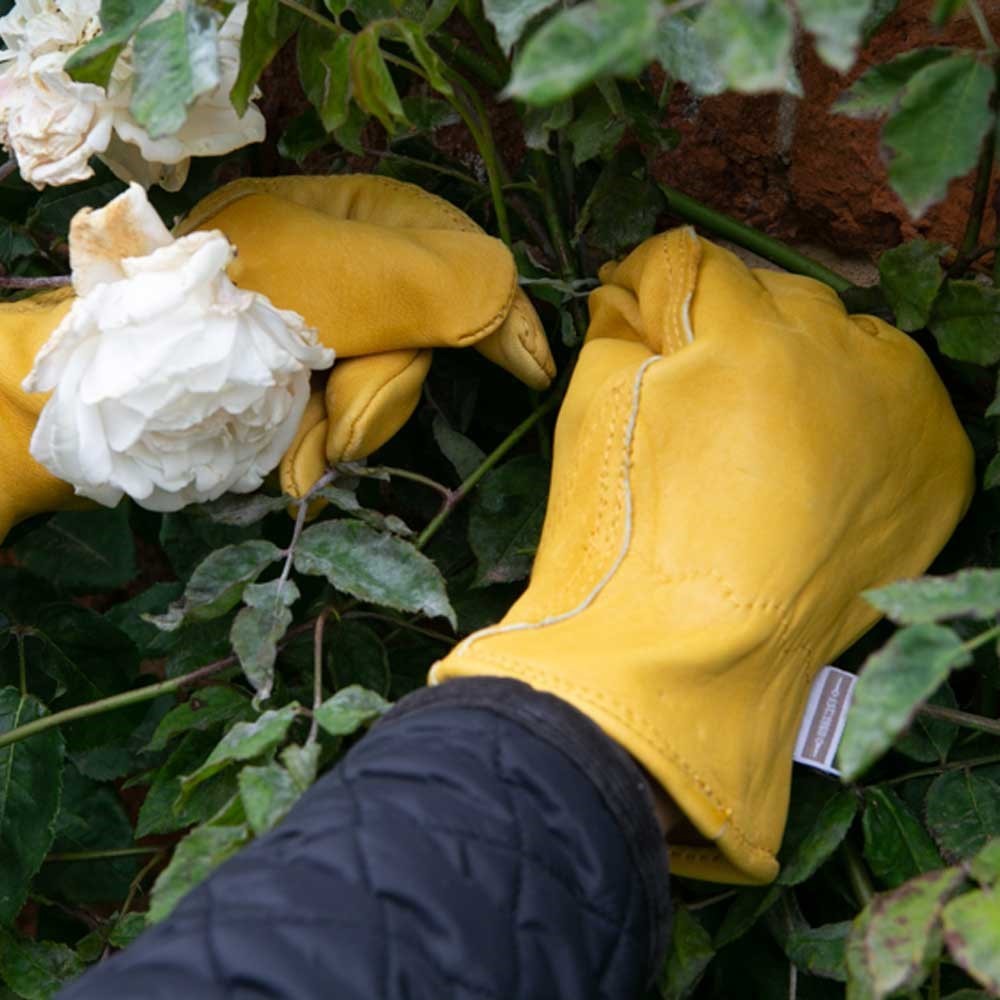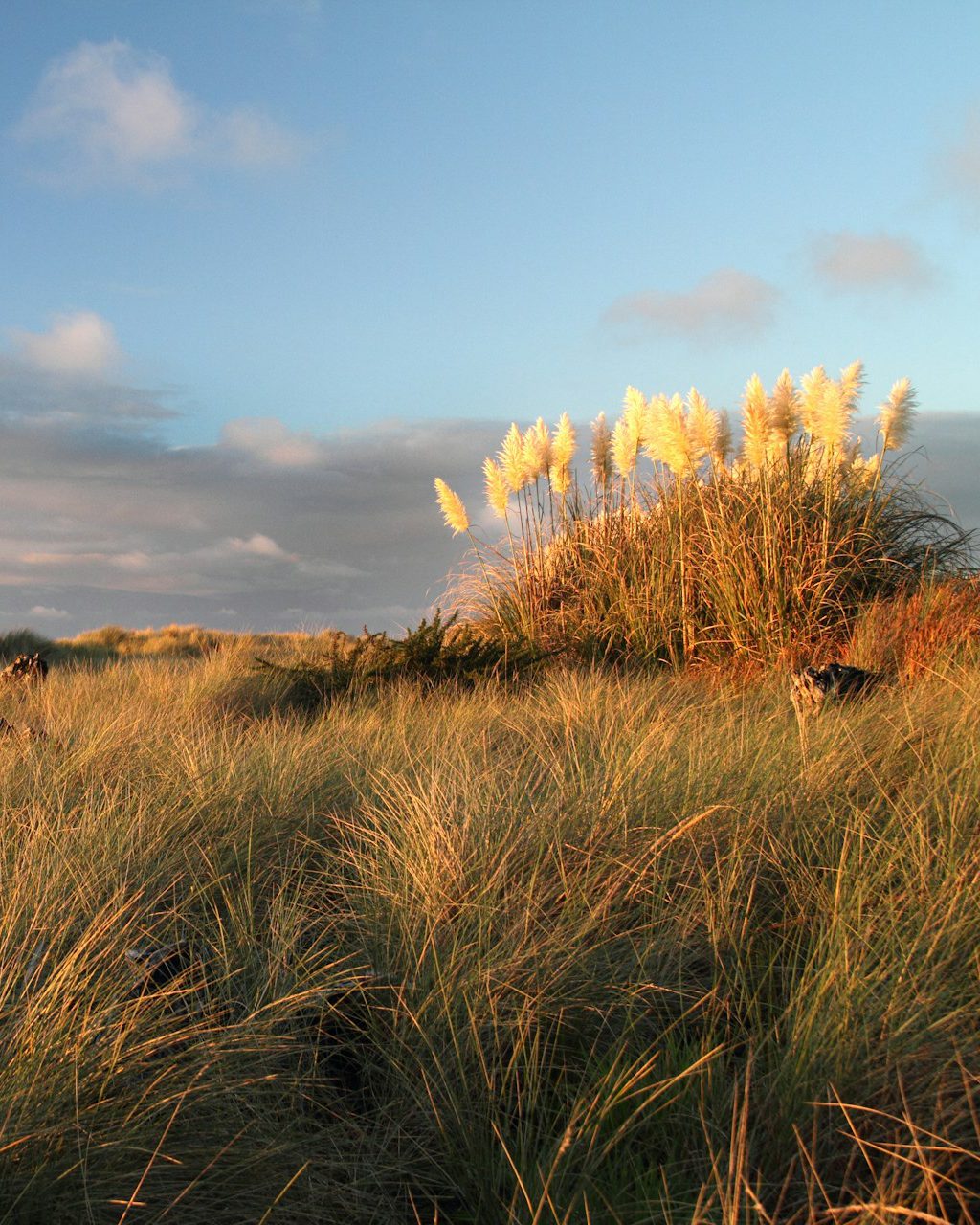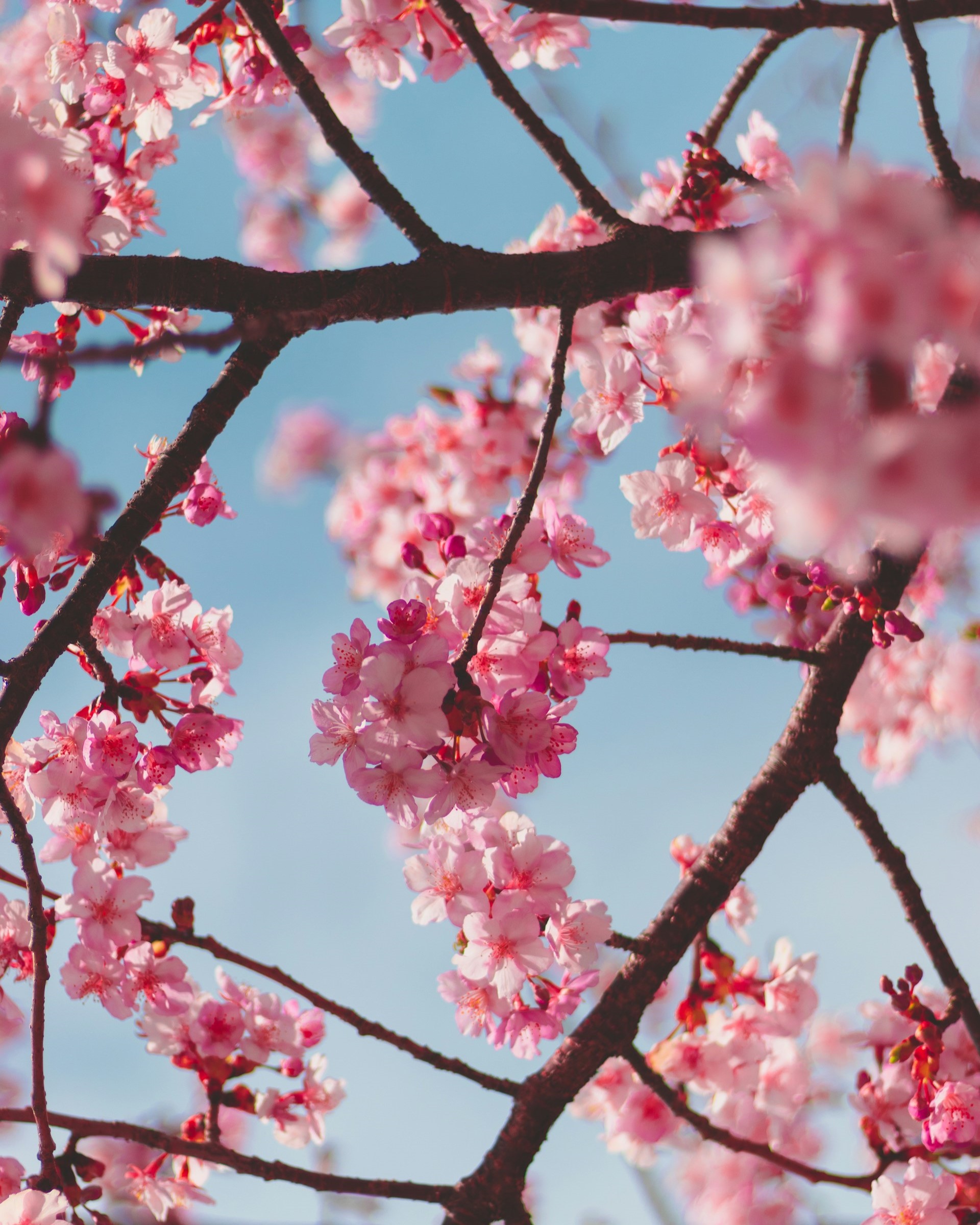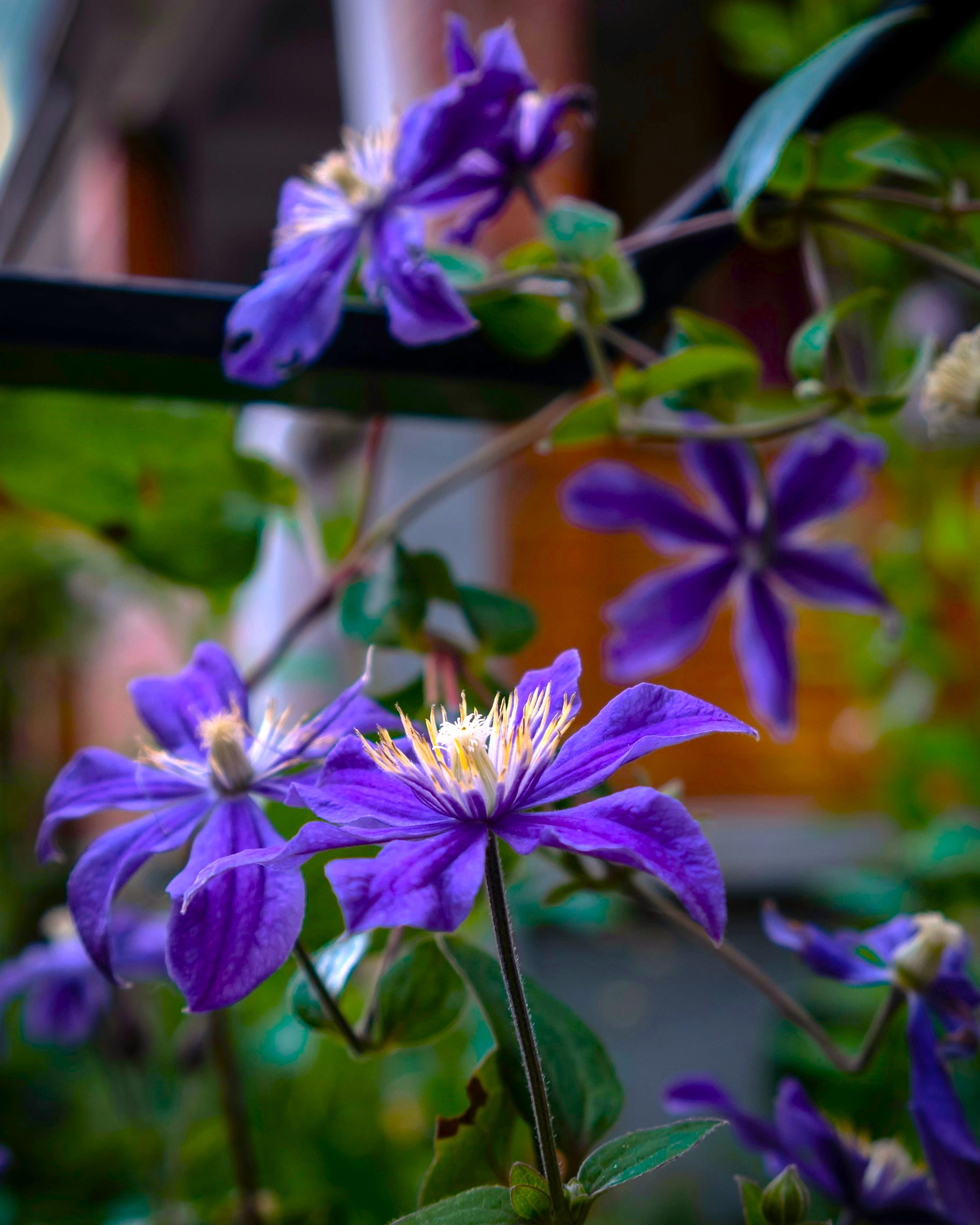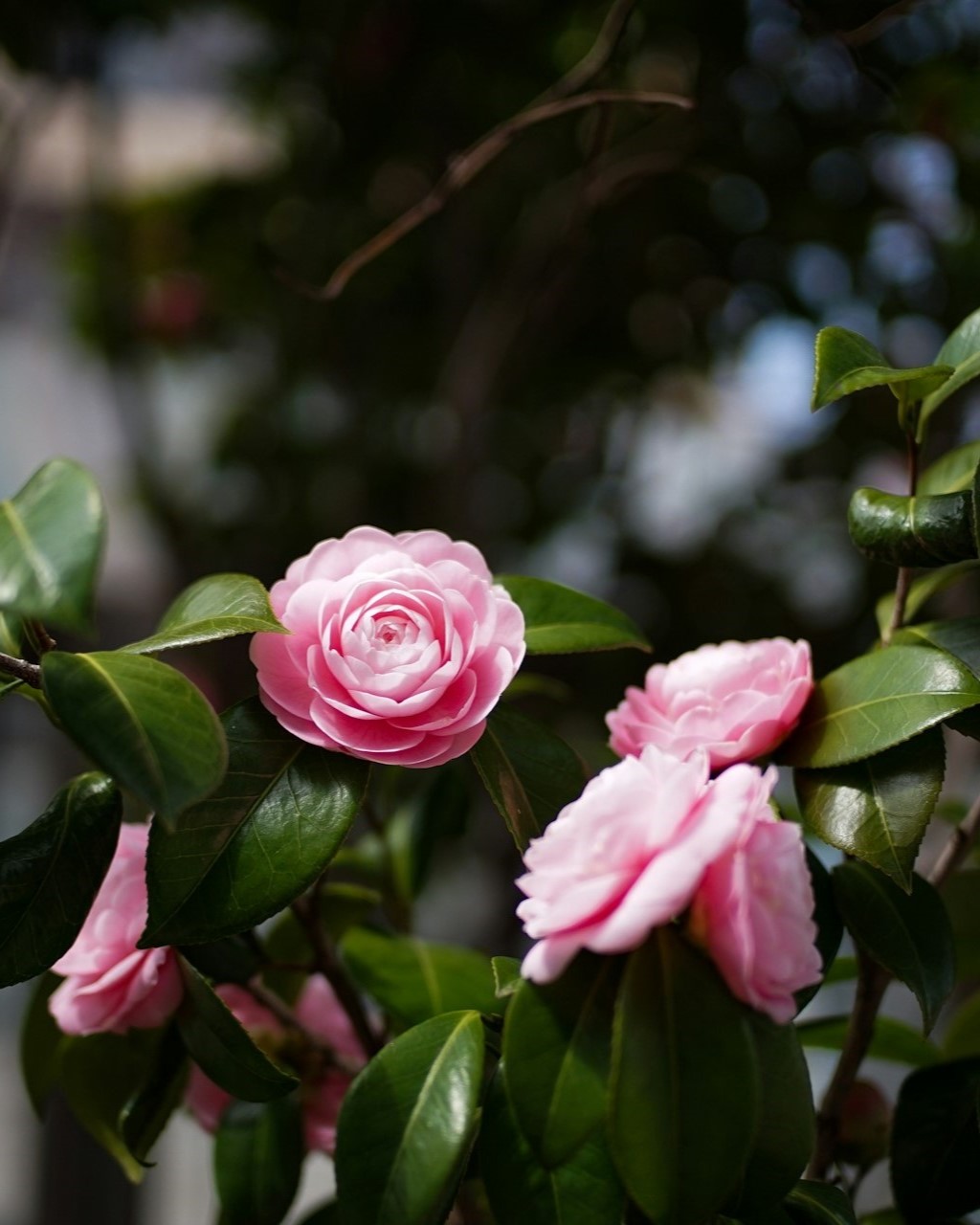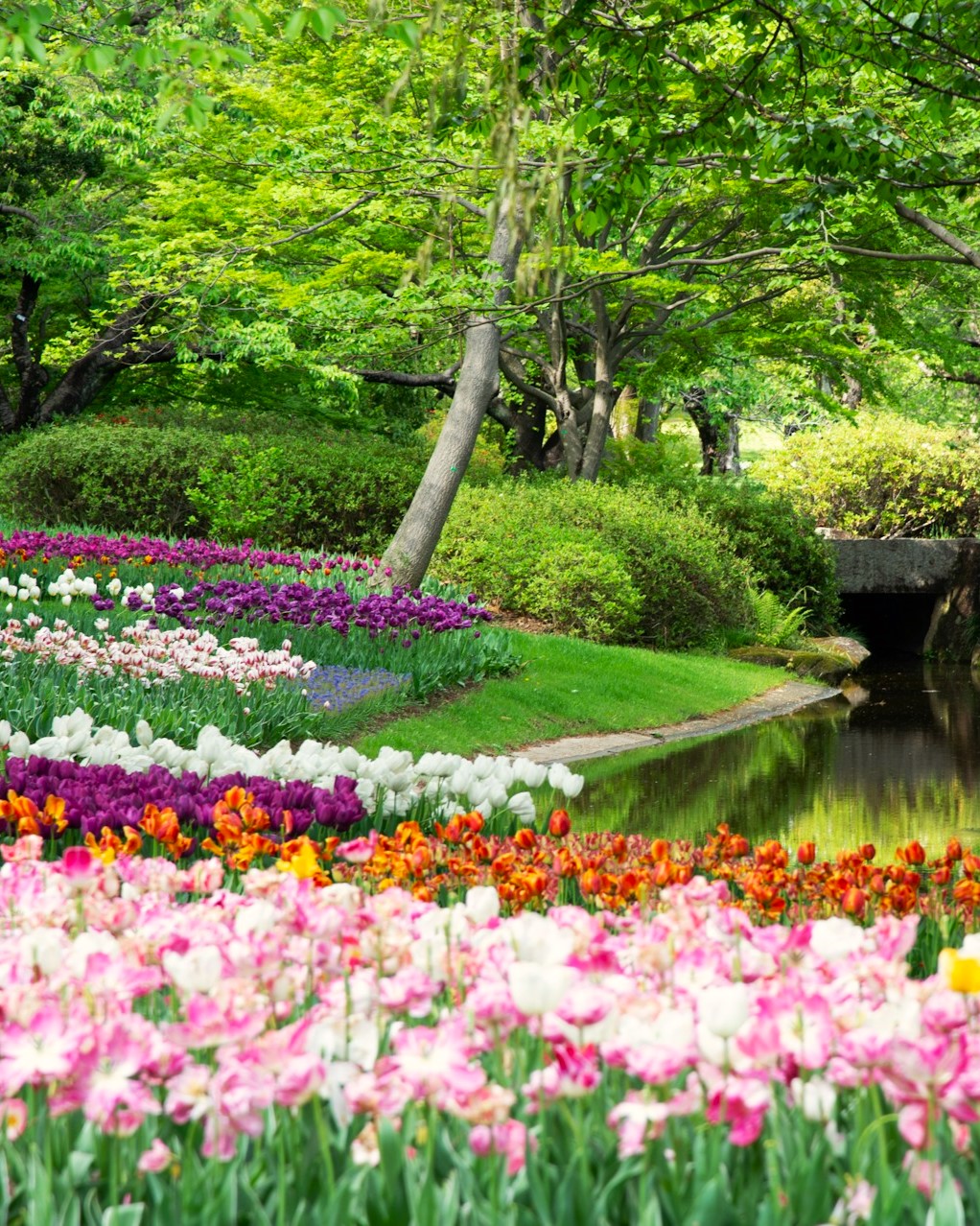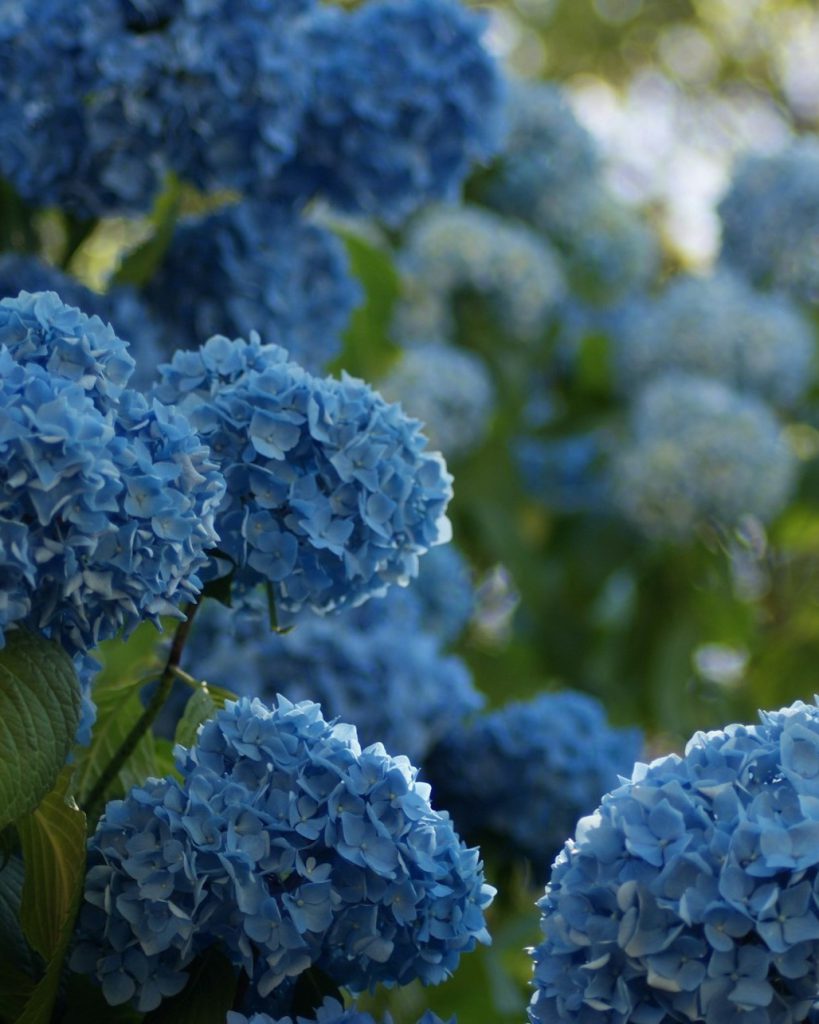
Eleanor Clarke
OUTDOOR PLANTS
Hydrangeas Masterclass
We’re really fond of hydrangeas here at the Nunhead Gardener. They’re easy to care for, undemanding and brilliantly colourful, whichever kind you go for. The mopheads and lacecaps have an impressively long flowering season, budding up in June, then staying gorgeous well into October, the flowers taking on muted vintage shades as they age. That’s seriously good value.
Pruning is important with hydrangeas, and while skipping it for a year, maybe even two, isn’t a disaster, your plants will suffer after that, getting leggy, messy and full of brown stems at the expense of beautiful flowers.
The one thing they all love (and the clue’s in the name) is water. So keep those hydrangeas hydrated. This is why they grow best somewhere out of the midday sun, an east-facing spot is ideal, in the dappled shade of a deciduous tree works too, as long as the tree’s not too large and thirsty. Or in a pot (the roomier the better) on a shady patio. The climbing types are perfect grown against a north or east-facing wall or fence, although do give them some space: once they get going, they’ll easily chunk out to 1m or more from the boundary.
It’s not always easy to know which hydrangea you have, but our guide will help you sort the mopheads from the oakleafs, the climbers from the lacecaps.
Varieties
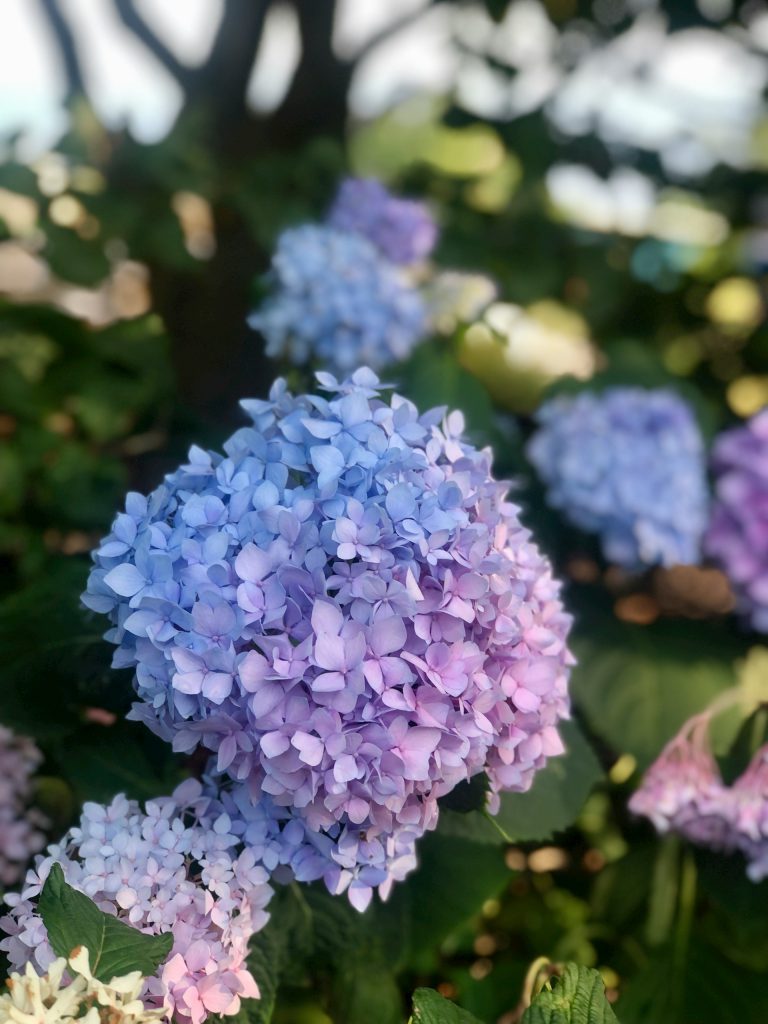
Mopheads and lacecaps (Hydrangea macrophylla)
They’re probably what most of us think of first when we hear the word ‘hydrangea’: big, showy shrubs with pink, white or blue flowerheads that start to open in mid to late summer and last all the way to late autumn, the colours fading and morphing to antique tones as they age. The blue varieties will turn pink on alkaline soil and vice versa if your soil is acidic – so if you really want a blue one in London, the most effective way is to grow it in a pot of ericaceous soil.
The flowerheads of lacecaps are made up of a central section of tiny flowers, surrounded by a halo of sterile petals; it’s this contrast that gives them their pretty lacy effect. Incidentally, these are the only hydrangeas that carry pollen, so if you’re planting for bees, chose a lacecap. Some macrophylla hydrangeas have black stems, which look really striking.
Both mopheads and lacecaps flower on old wood, so be a little careful when pruning. If you do it at the wrong time of year or prune too much, you can cut off this season’s flowers. What you’re aiming for is a nice rounded bush shape with flowers all around it. With this in mind, when most frosts have passed, prune back to a fat set of buds. Then remove up to a third of the older, thicker stems from the base to let new growth come through. In London and the south, you can prune from mid-February really. The old wood and flowers protect the buds from frost, so while a severe frost can damage some of the new buds after pruning, it’s not usually a problem.
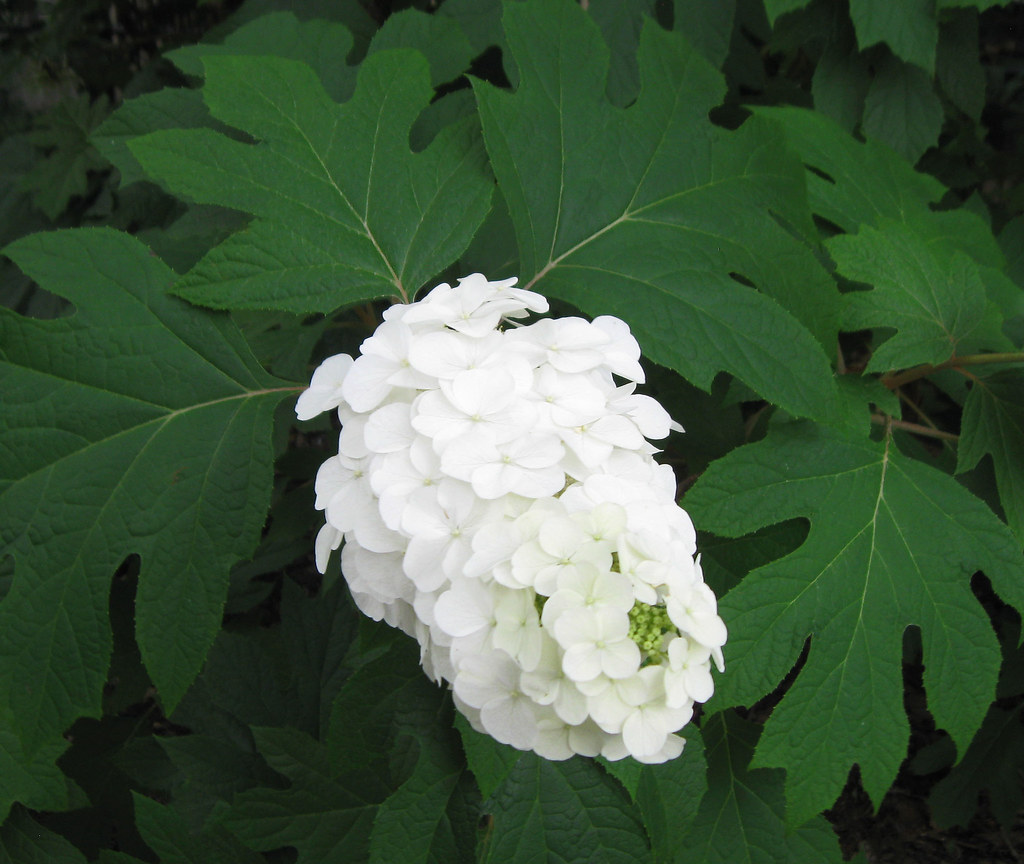
Oakleaf hydrangeas (Hydrangea quercifolia)
A lovely woodland shrub for dappled shade – although this one tolerates sun better than most hydrangeas. Its foliage (surprise!) looks like large oak leaves. The blooms are elongated panicles studded with open white flowers in late summer, ageing to a pink tinge. The leaves turn a rich bronze-purple in autumn.
Pruning is simple, just a little tidying in spring, taking off spent flowerheads and any dead branches.
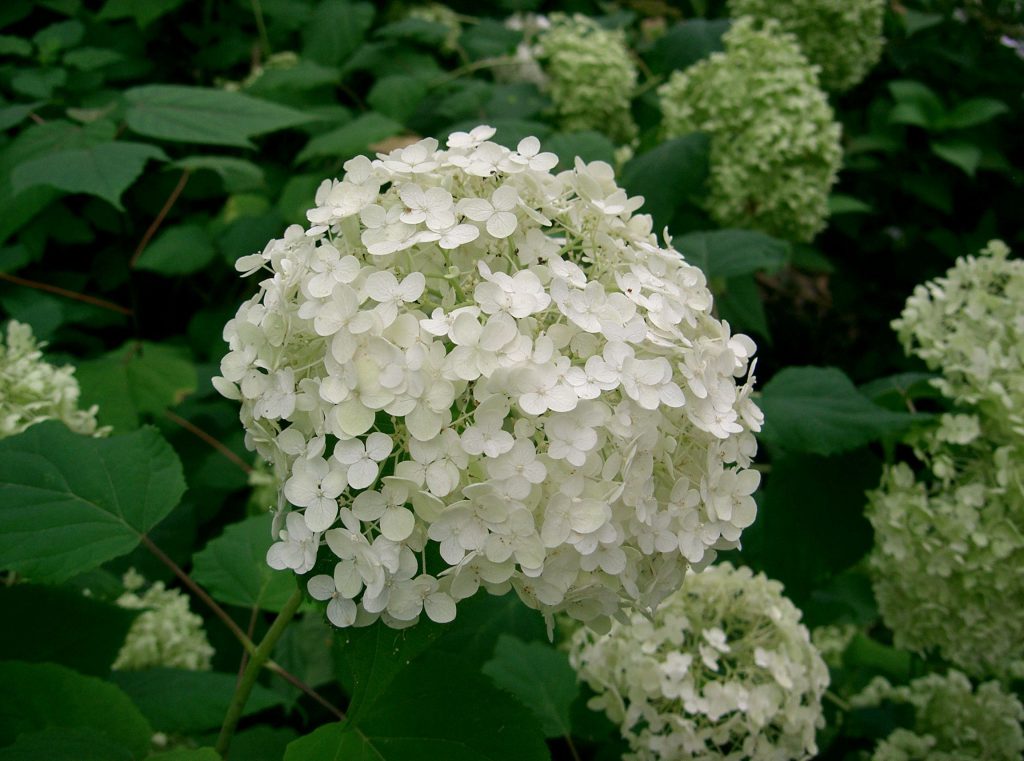
Hydrangea arborescens
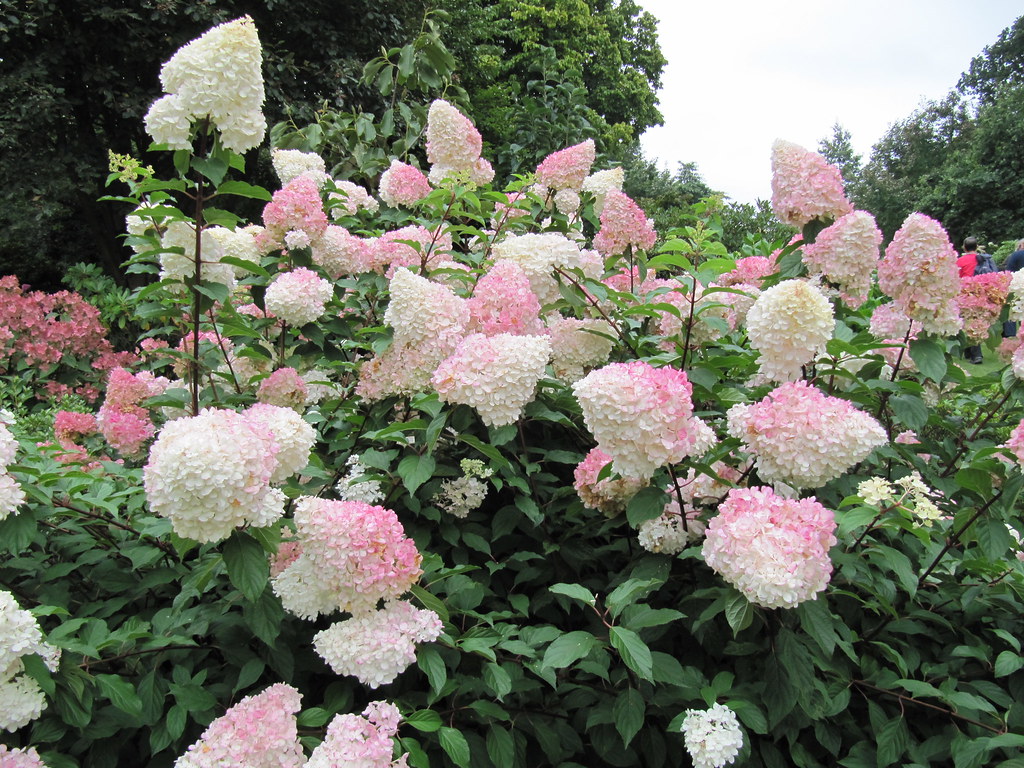
Hydrangea paniculata
Hydrangea arborescens and Hydrangea paniculata
Both are hugely popular in the UK right now. Hydrangea arborescens ‘Annabelle’ has large pompom flowerheads made up of hundreds of individual flowers, starting zesty green, then opening to giant snowballs in late summer. Light shade is where it’s happiest. You might need to put in some plant supports in the first couple of years while the stems strengthen and mature.
Paniculata types are similar, but its flowerheads are conical and open a bit earlier, in mid summer; they age beautifully to shades of muted pink.
Pruning is the same for both types. If they’re new, don’t prune for a few years; this will help the stems thicken up to support the huge flowers. Once mature, you have two options. In late winter/early spring, either cut the whole plant down to around 25cm from the ground or cut down to a healthy pair of buds, as you would the mophead types (see above). Also remove anything that’s congested, crossing or dead, right from the base.
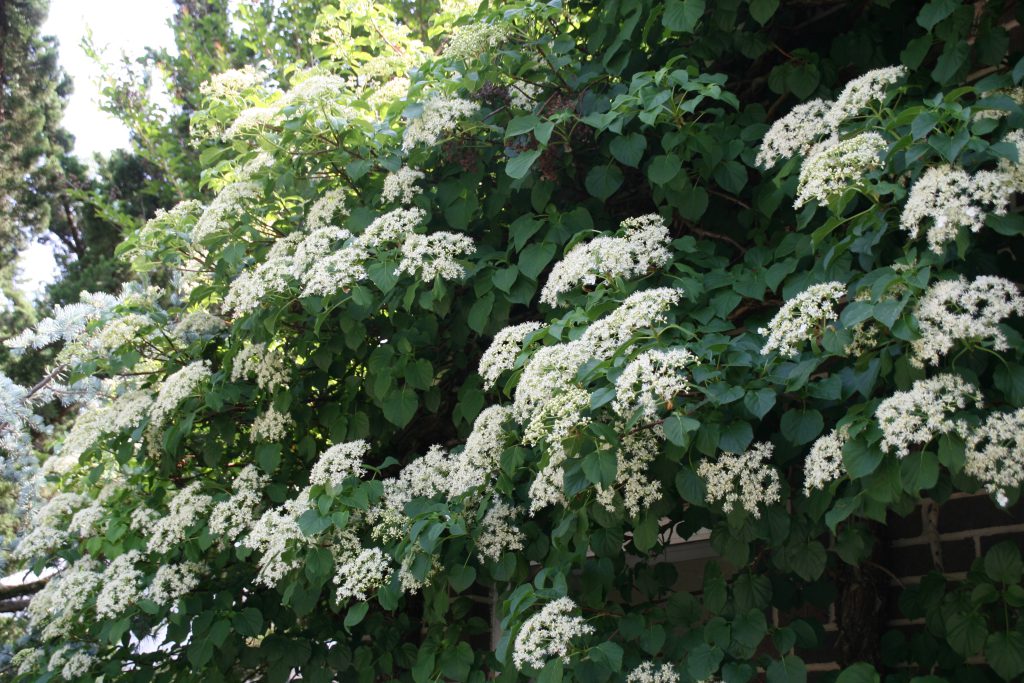
Climbing hydrangeas (Hydrangea petiolaris or Hydrangea serratifolia)
These plants attach themselves to walls or fences with aerial suckers, and they’re brilliant for a north-facing spot where little else grows. They won’t damage brick, but can find their way into mortar that is old and crumbling (not the plant’s fault, but worth considering). Hydrangea petiolaris is a big plant, slow to get going but eventually reaching 15m tall if you let it. The mid-summer flowers are creamy white lacecaps, and the leaves turn a smooth butter yellow in autumn. It also has fabulous rich cinnamon-brown peeling bark.
The less common climber, Hydrangea serratifolia, is evergreen, not quite as huge, with clusters of white flowers in late summer.
Prune these in late autumn or early spring, to fit the space you have available. If you need to be brutal and cut back hard, you’re likely to do this at the expense of some of next season’s flowers, as climbing hydrangeas flower on last year’s growth.
Read more:
OUTDOOR PLANTS
FLOWERS
FLOWERS
FLOWERS
GARDEN DESIGN
Shop from this story:
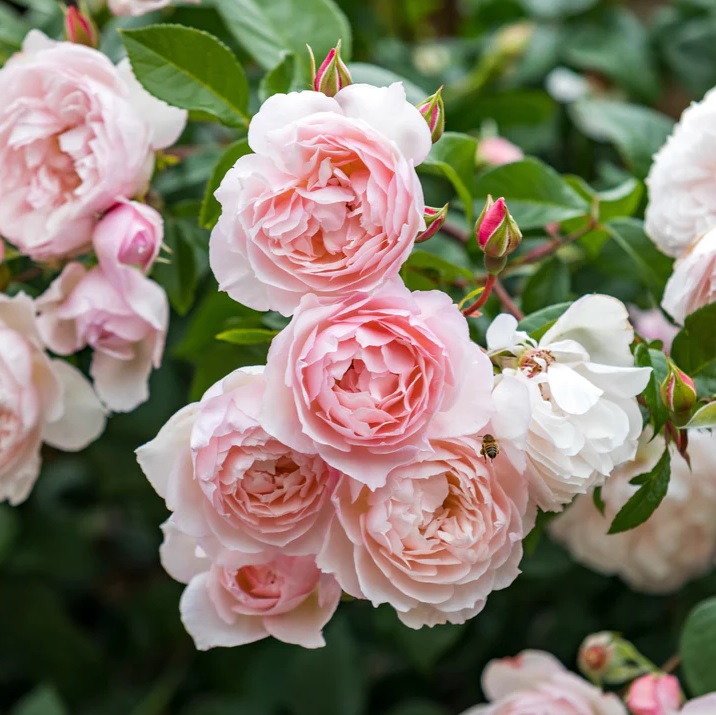
Shrubs and Roses
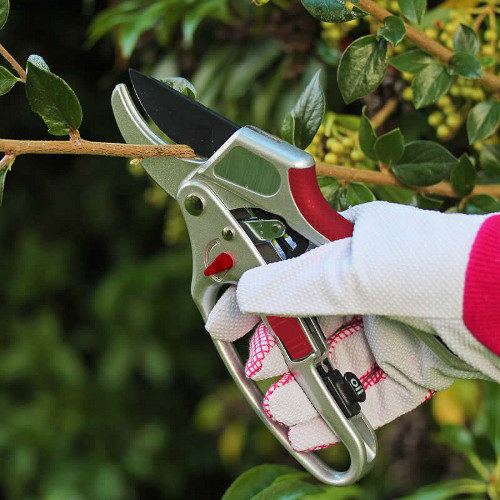
Garden Tools
